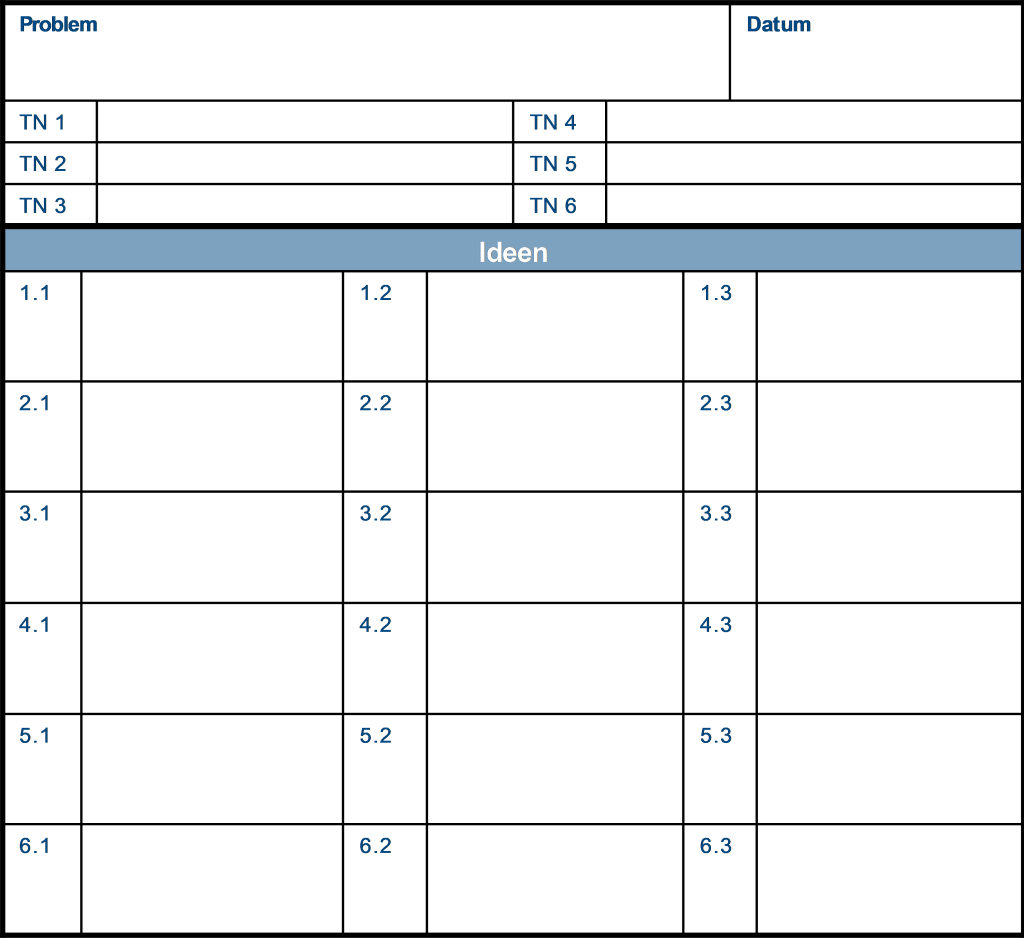The world would probably be (almost) perfect if all products worked the way the respective innovators imagined.
Unfortunately – or perhaps thankfully – the world is not quite so perfect. This allows you to continuously improve products. Observe your customers interacting with your products.
Exercise
Start with the consumer friendliness of your products or services. Here, too, you can refer to goods or services from your immediate private environment, should you not be active in a company. Ask yourself the following questions to further develop your own products:
- What inconveniences are there when purchasing our products?
- What inconveniences are there in the use of our products?
- What inconveniences are there in the disposal of our products?
Remark
Try to explore the problems with your customers in conversations. You will find that you quickly reach certain limits here. You will gain other – perhaps more interesting – insights by observing your customers. Whenever the user of your products hesitates or curses during the handling, you have discovered a dimension in which you can improve your product.
Generating ideas
In the exercise above, you generated ideas for improvements to existing goods and services through observation. Here, it is important to keep in mind that you will get different inspirations for innovations through observation than through questioning.
If we now ask ourselves where the ideas come from, then you probably suspect that ideas for new goods, new services or new production processes can come from a number of different sources. In addition to employees as internal generators of ideas, a company can benefit highly from external idea generators such as customers, suppliers, competitors, consultancies, universities, and so on. The concept of ‘Open Innovation’ highlights the possibilities of systematically using external sources of ideas (Chesbrough 2003, Chesbrough 2006a, Chesbrough 2006b) and was already mentioned there when it was about going beyond the boundaries of the company.
Regardless of whether employees or external actors are used to generate ideas, different methods are recommended, which are briefly presented in this section. These methods are referred to in the literature as creativity methods or techniques.
Basically, for the quality of the results of any creativity technique conducted in groups, it is crucial that the participants receive an intensive briefing about the problem and detailed additional information about the context of the problem.
